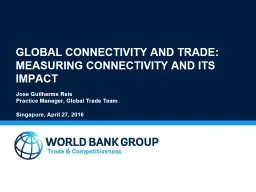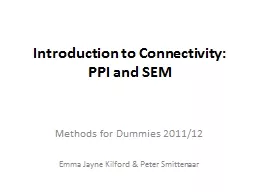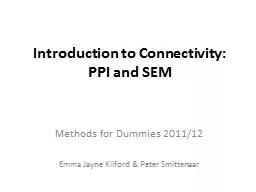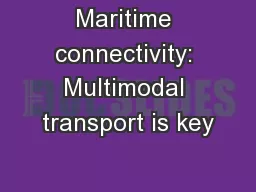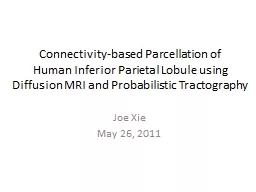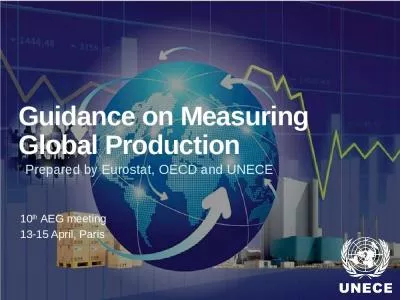PPT-Global connectivity and Trade: Measuring Connectivity and i
Author : mitsue-stanley | Published Date : 2017-04-02
Jose Guilherme Reis Practice Manager Global Trade Team Singapore April 27 2016 Defining global Connectivity An uncompleted task Connectivity has become a buzzword
Presentation Embed Code
Download Presentation
Download Presentation The PPT/PDF document "Global connectivity and Trade: Measuring..." is the property of its rightful owner. Permission is granted to download and print the materials on this website for personal, non-commercial use only, and to display it on your personal computer provided you do not modify the materials and that you retain all copyright notices contained in the materials. By downloading content from our website, you accept the terms of this agreement.
Global connectivity and Trade: Measuring Connectivity and i: Transcript
Download Rules Of Document
"Global connectivity and Trade: Measuring Connectivity and i"The content belongs to its owner. You may download and print it for personal use, without modification, and keep all copyright notices. By downloading, you agree to these terms.
Related Documents

